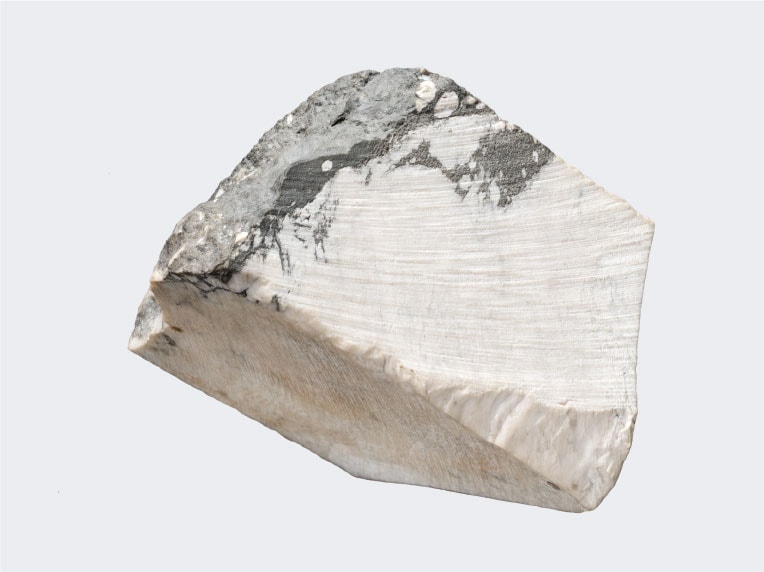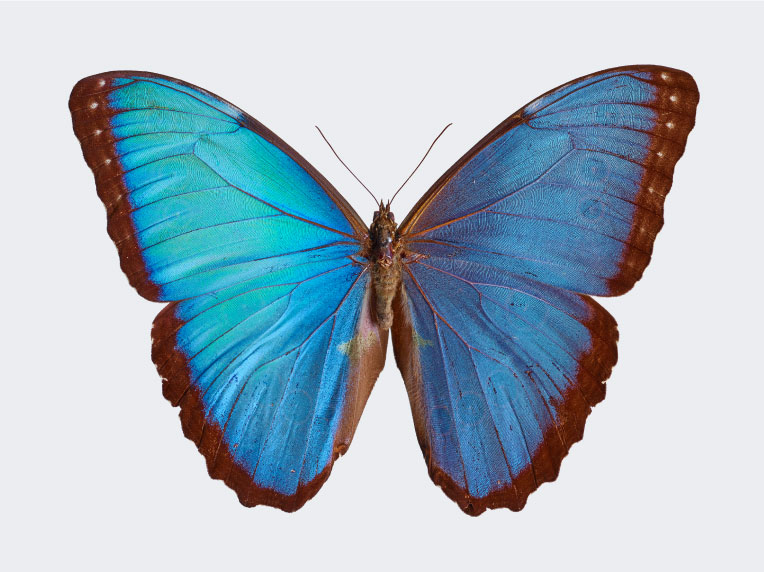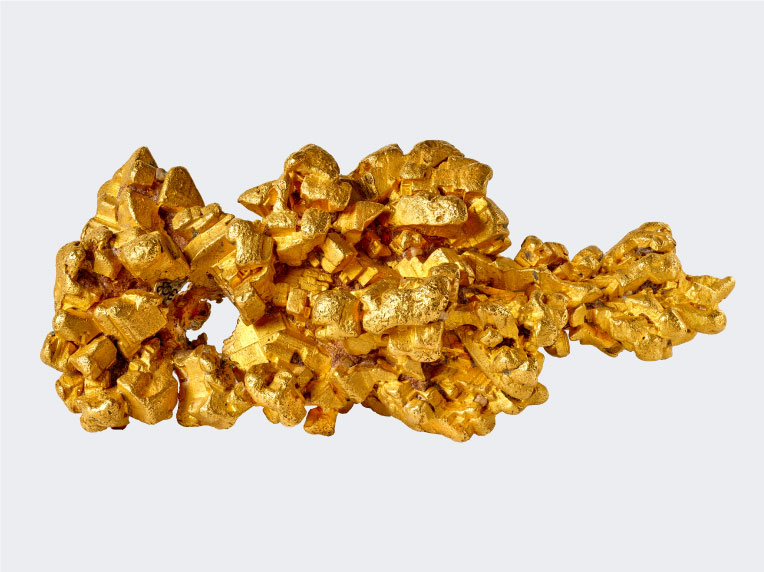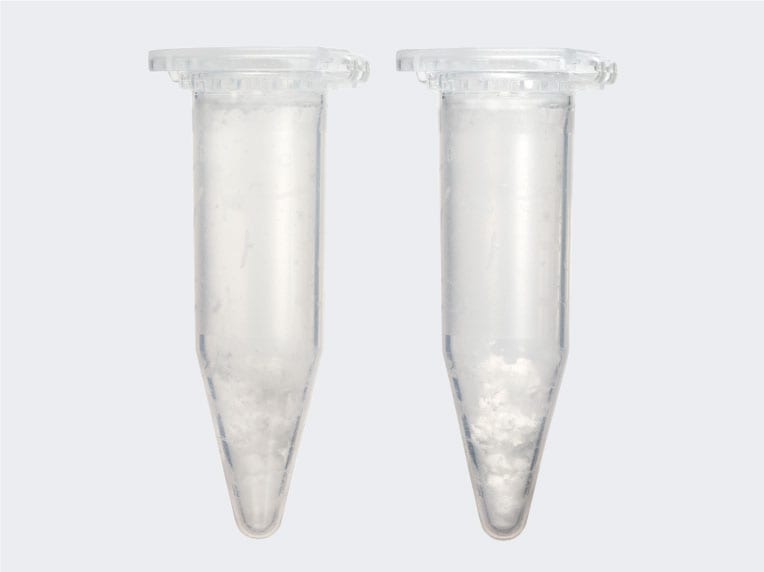The exhibition ends with a close look at the unique treasures cared for at the Natural History Museum and the scientific pursuits and breakthroughs undertaken. Actively studied by top researchers around the world, these specimens help us tackle the biggest challenges our planet faces today. From predicting and mitigating the impact of climate change to more efficiently managing natural resources, these collections hold the key to unlocking the potential of the future through the mysteries of the past.
|
Highlights

Jadarite
Serbia
Superman beware, this mineral is a dangerously close match to the fictional mineral kryptonite, according to its formula in Superman Returns. Geologists discovered jadarite in 2006, and when Natural History Museum scientists analysed it, they found its composition to be sodium lithium boron silicate hydroxide. All that is missing to drain Superman of his heroic powers is fluorine.


Morpho butterflies
Colombia and Panama
The vibrant colour of these butterflies’ wings is produced by tiny transparent scales. They scatter light when it hits them, creating interference patterns we see as colours. Unlike most objects, which are coloured using dyes and pigments, this structural colour can never fade. Scientists from the Natural History Museum are growing butterfly wings with this property in the laboratory – hoping to recreate structural colour in order to help produce more environmentally friendly coloured products.

Latrobe gold nugget
Australia
Incredibly rare and fine, this 717-gramme gold nugget still has its individual crystals intact. It is formed from gold cubes and octahedrons, some more than a centimetre across. Since gold is soft and erodes easily, a nugget preserving its crystalline structure is a superb find. The discovery came at the McIvor mine in Australia during a visit from Charles Joseph Latrobe, the Governor of the State of Victoria, so it is named after him.


Neanderthal genome
How do modern humans differ from our closest ancient relatives, the Neanderthals? Scientists have replicated the complete genome of a female Neanderthal, which is more than 99 per cent identical to that of modern humans. However, it suggests her parents were closely related and that inbreeding was common among Neanderthals. The DNA also shows that after our evolutionary path diverged from that of the Neanderthals, human genes relating to brain function, the nervous system and language may have subtly changed.
Sample donated by Max Planck Institute, Leipzig, Germany.
